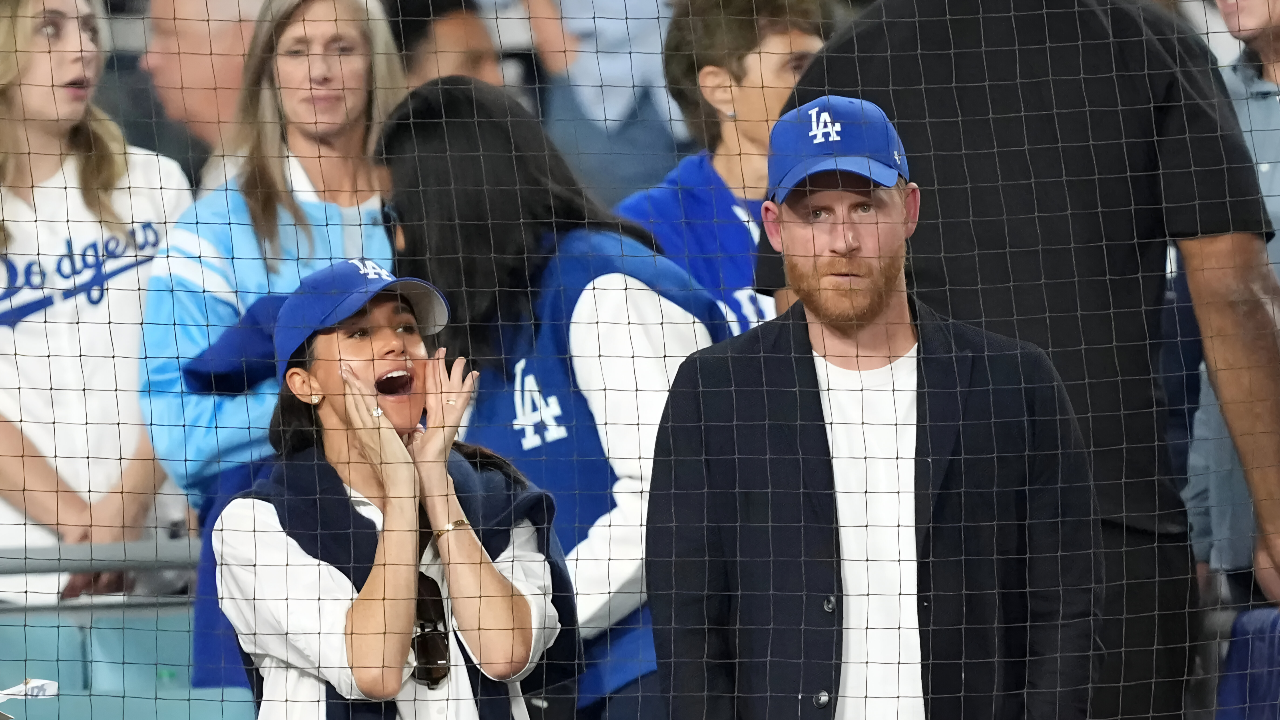
On October 28, 2025, Prince Harry and Meghan Markle faced loud boos at Dodger Stadium during Game 4 of the World Series. Approximately 60,000 fans erupted in cheers as their images appeared on the Jumbotron.
This real-time rejection coincided with polling showing Harry’s approval at just 38%, a dramatic fall from his 2018 peak of 77%. Let’s look into how a beloved prince became one of America’s most controversial royals.
What Happened at Dodger Stadium?

Harry and Meghan were seated in premium first-row spots near NBA legend Magic Johnson and baseball icon Sandy Koufax. When shown on the stadium screens, the crowd erupted in sustained boos.
Observers described Harry’s response as an awkward laugh with a forced smile, while Meghan covered her face. Even Dodgers blue caps couldn’t soften the crowd’s disapproval. The incident sparked widespread conversation online about the couple’s positioning.
Fans Questioned Their Seating Choice

Social media immediately criticized Harry and Meghan’s placement. One attendee wrote, “Prince Harry and his wife sitting IN FRONT of Sandy Koufax? Un-fn-real.” Another asked why they were ahead of Magic Johnson, a Los Angeles icon.
The seating fueled perceptions of entitlement and public overreach, with fans debating why royals were prioritized over sports legends. But the stadium moment was just the most visible sign of growing frustration.
The Crowd’s Reaction Was Amplified Online

The booing became a lightning rod for long-simmering public resentment. Hashtags like “#1 & #3 Most Disliked in America” trended briefly, capturing Americans’ disapproval of repeated appearances and media ventures.
The incident reflected not a single event but seven years of declining tolerance. However, to understand fully, it helps to revisit Harry’s rise in popularity.
Harry’s Popularity Peak in 2018
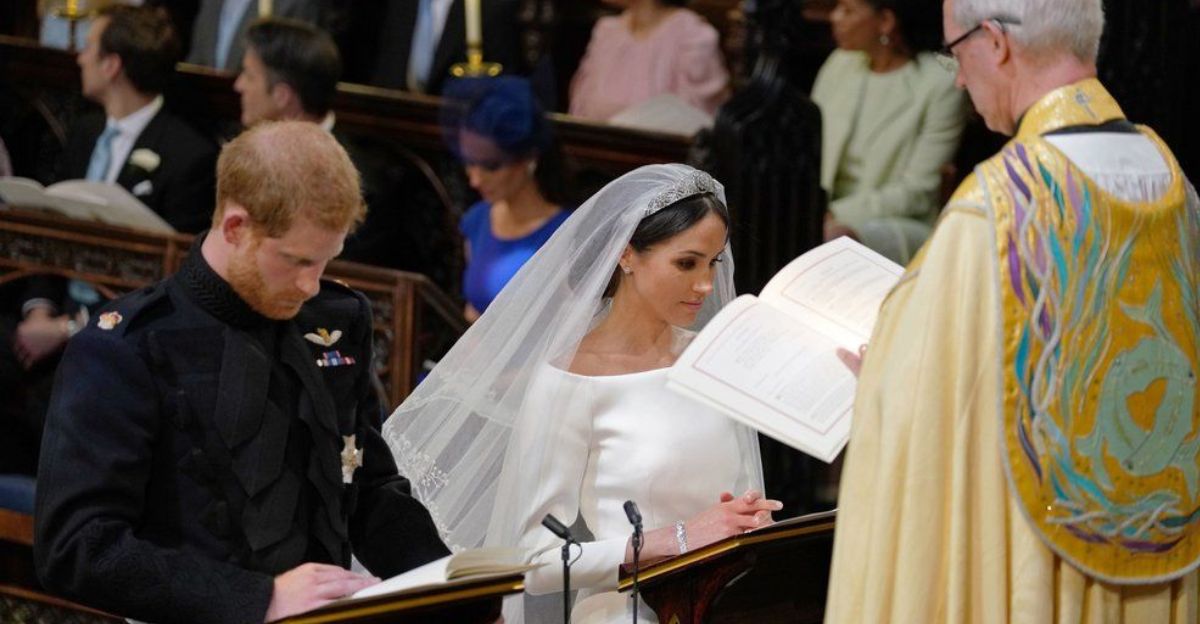
In November 2018, Harry reached his highest favorability among Americans. Following his wedding to Meghan, viewed by 29.2 million U.S. viewers, 77% of Americans held favorable opinions of him, while just 7% were negative.
At this point, Harry embodied a rebellious royal who prioritized love and personal fulfillment. His narrative captured genuine American affection. Yet, how this perception eroded over seven years is striking.
Early Sympathy After Stepping Back

In 2020 and 2021, Harry and Meghan’s decision to step back from royal duties earned sympathy. The March 2021 Oprah interview, watched by 17.1 million U.S. viewers, boosted Harry’s favorability to 69%, a net approval of +55.
Young Americans, especially those 18-34, resonated with their story of independence and mental health. But the honeymoon was temporary. Soon, media projects began eroding goodwill.
Tell-All Media Triggered Backlash
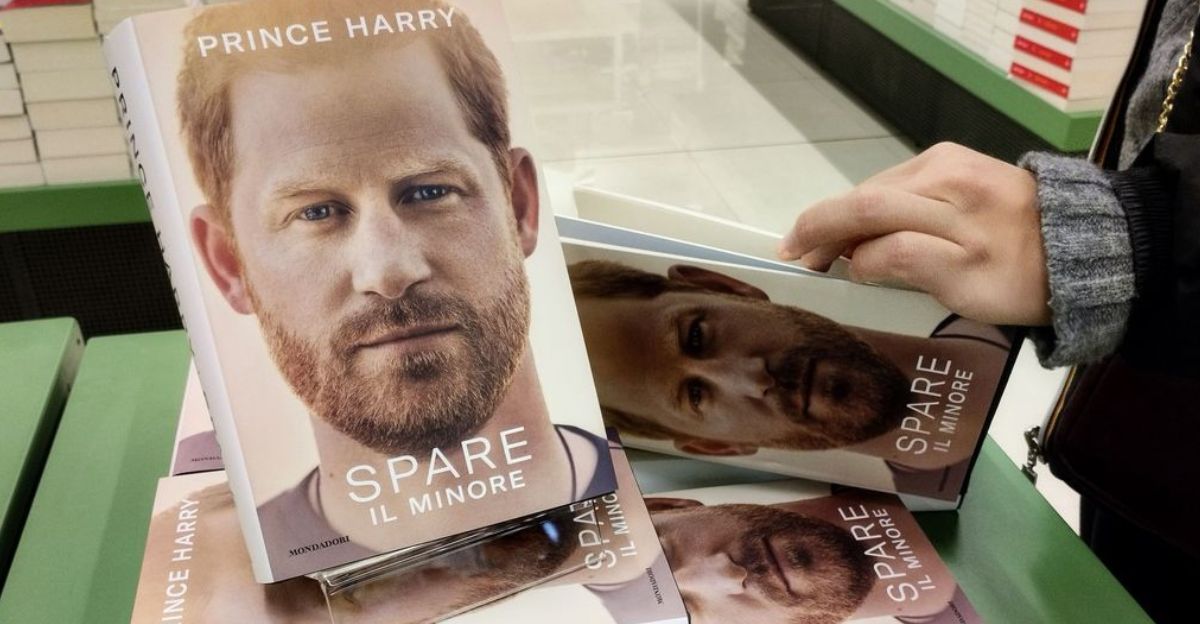
In late 2022 and early 2023, Netflix’s docuseries “Harry & Meghan” and Harry’s memoir “Spare” backfired. Instead of rehabilitating their image, these projects accelerated his approval collapse.
The backlash was steepest after “Spare,” which revealed family conflicts and criticisms of senior royals. Could the very effort to tell his story have caused the most damage?
Tracking the Numbers: Golden Age
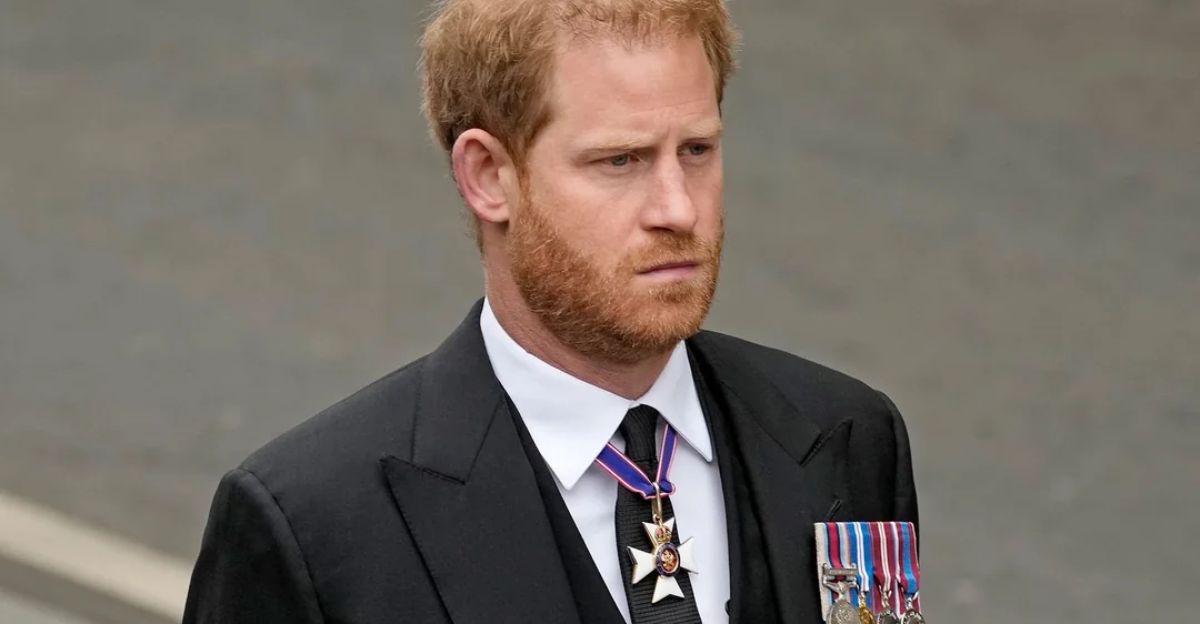
From 2018 to 2019, Harry’s favorability ranged 62–77%, with net approval consistently above +50. He was beloved across demographics, a rare consensus figure among Americans.
This period marked the height of Harry’s influence and the public’s fascination with his narrative. Yet, the trajectory soon shifted, as early interventions could no longer sustain enthusiasm.
Sympathy Period After Oprah
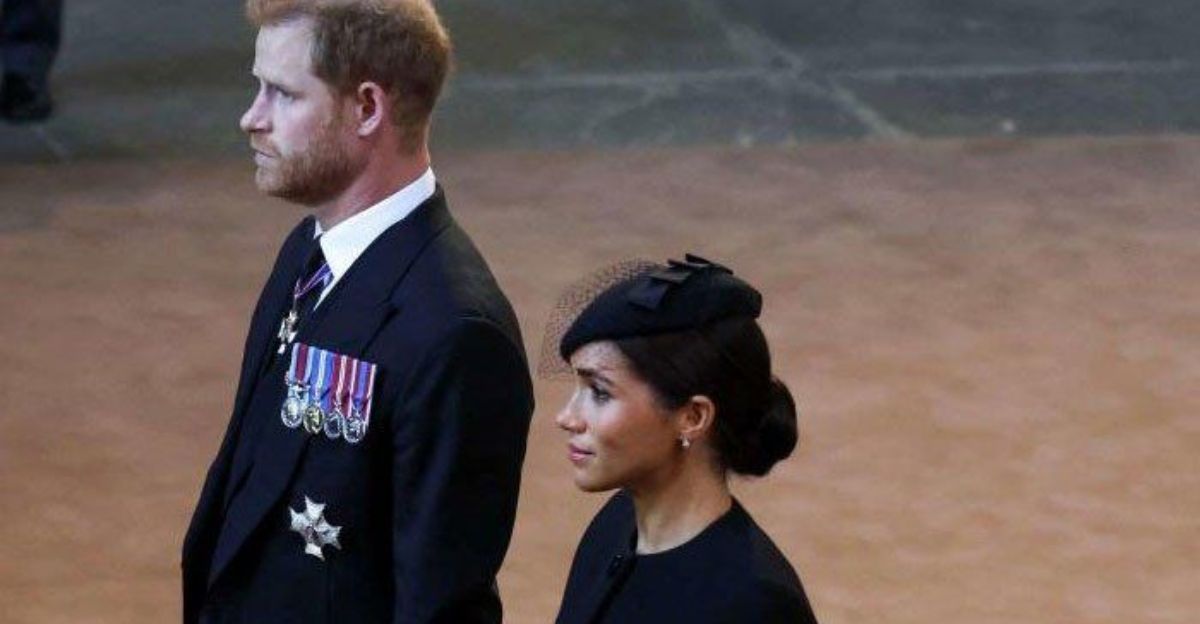
Following the March 2021 interview, favorability recovered briefly to 69%, net +55. Americans responded to the couple’s allegations of royal mistreatment and the quest for independence.
But each subsequent media venture chipped away at this goodwill. Public interest began shifting from sympathy to fatigue, a trend that only intensified in 2022.
The Tell-All Backlash Intensifies
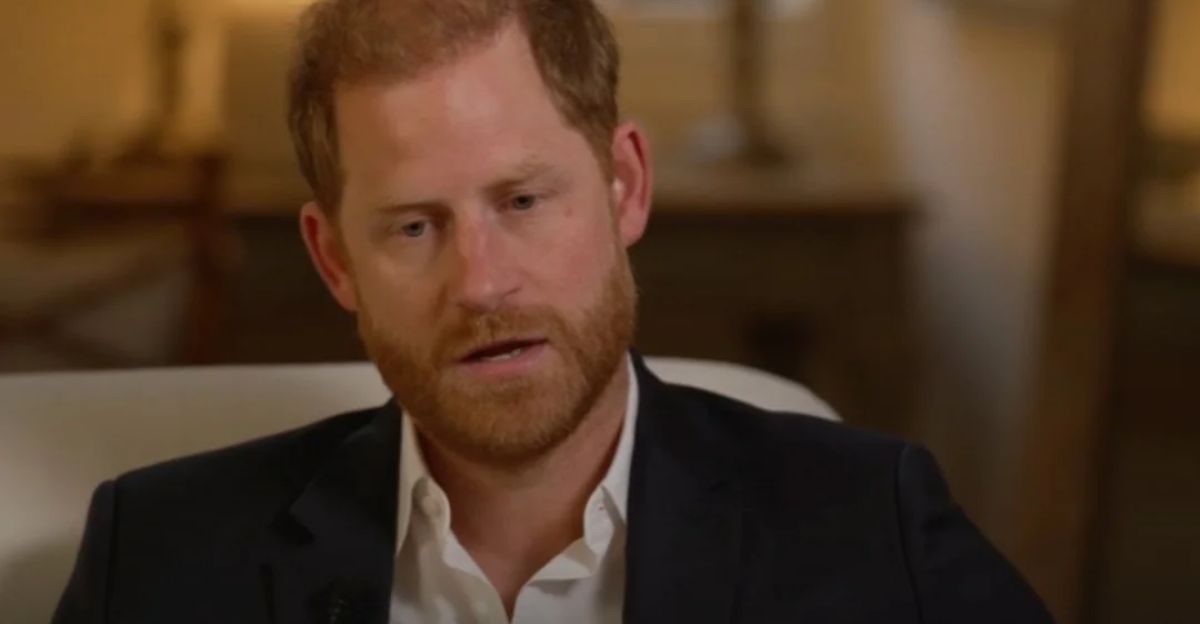
December 2022 polling recorded net approval at +38. Following Harry’s memoir release in January 2023, favorability plummeted to 31%, and unfavorable views rose to 38%, marking the steepest decline in one month.
Harry’s reversal of fortune showed the risks of overexposure. But how does this compare with other royals in the U.S.?
Comparison With Prince William

Prince William remained the most popular U.S. royal. In April 2024, he held 63% favorability, net +53, outperforming Harry in both approval and base enthusiasm.
While overall interest in royals is declining, William maintained a stronger, more positive foundation. Harry’s trajectory shows how media strategies shape public perception differently.
Kate Middleton’s Strategy Works
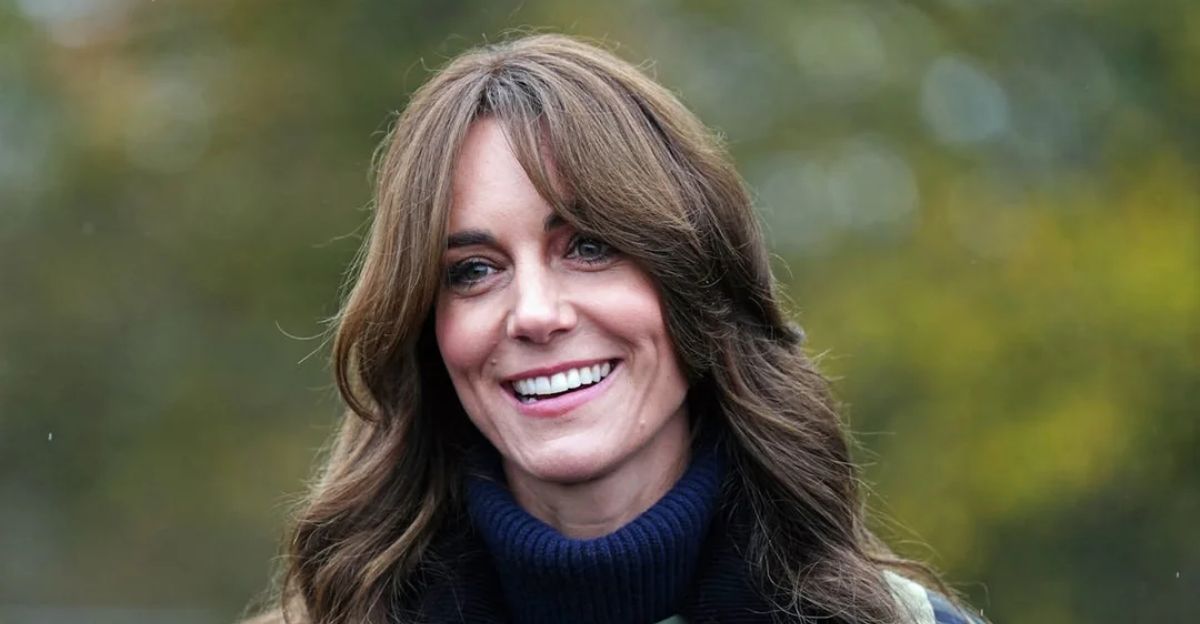
Kate achieved 49% favorability, net +43, despite lower recognition than Harry. Her consistent public support and restrained commentary created admiration without controversy.
Her approach contrasts sharply with Harry’s repeated tell-alls. Could restraint prove more powerful than openness in sustaining public favor?
Meghan Markle Mirrors Harry’s Decline
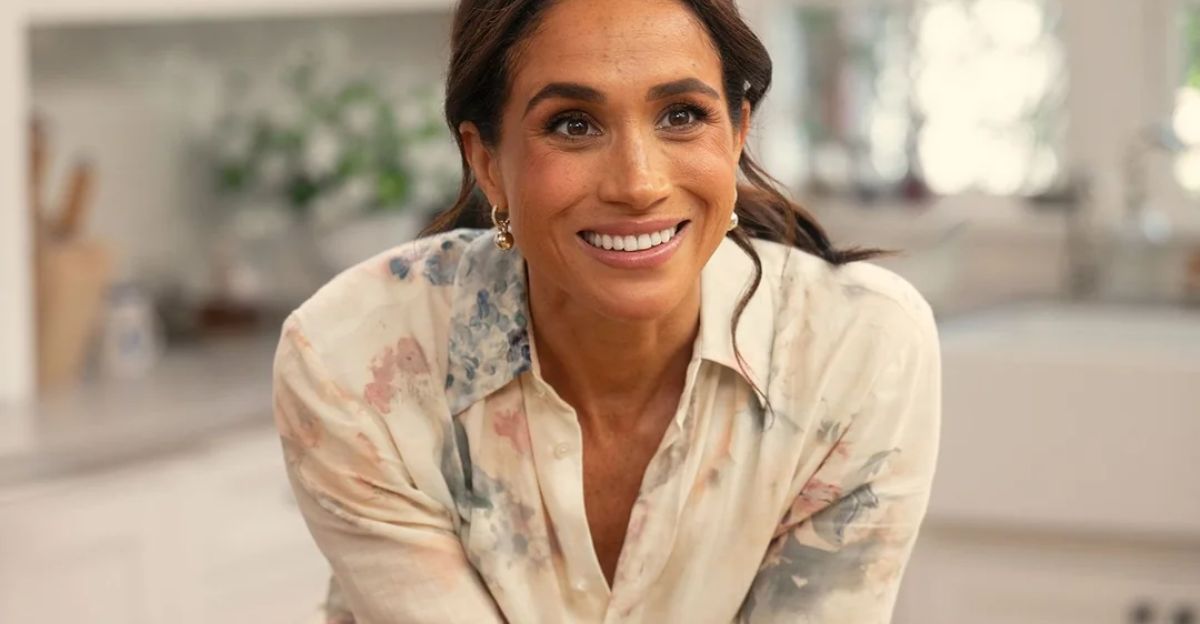
Meghan’s favorability ranges 37–41%, slightly below Harry’s 38%. Their public perception is intertwined, suggesting Americans judge them collectively rather than individually.
The pair’s trajectory highlights how joint media ventures and repeated disclosures can intensify public disapproval, raising questions about whether personal narratives can be overexposed.
Demographic Divides in Approval

Young Americans aged 18-34 remain more positive toward Harry, net +21. Older Americans, 55+, show net -15, reflecting respect for Queen Elizabeth II and the monarchy.
Racial breakdowns show Black Americans net +20, white Americans net -15. These gaps illustrate how age and race shape royal reception, influencing moments like the stadium booing.
Experts Cite PR Missteps

PR consultant Edward Coram-James identified “bad PR planning” as key. Overexposure through interviews, documentaries, and memoirs fatigued audiences, even those initially sympathetic.
The excessive focus on grievances, rather than charitable or constructive action, undermined Harry’s narrative. But how did the memoir itself accelerate the decline?
“Spare” as a Catalyst
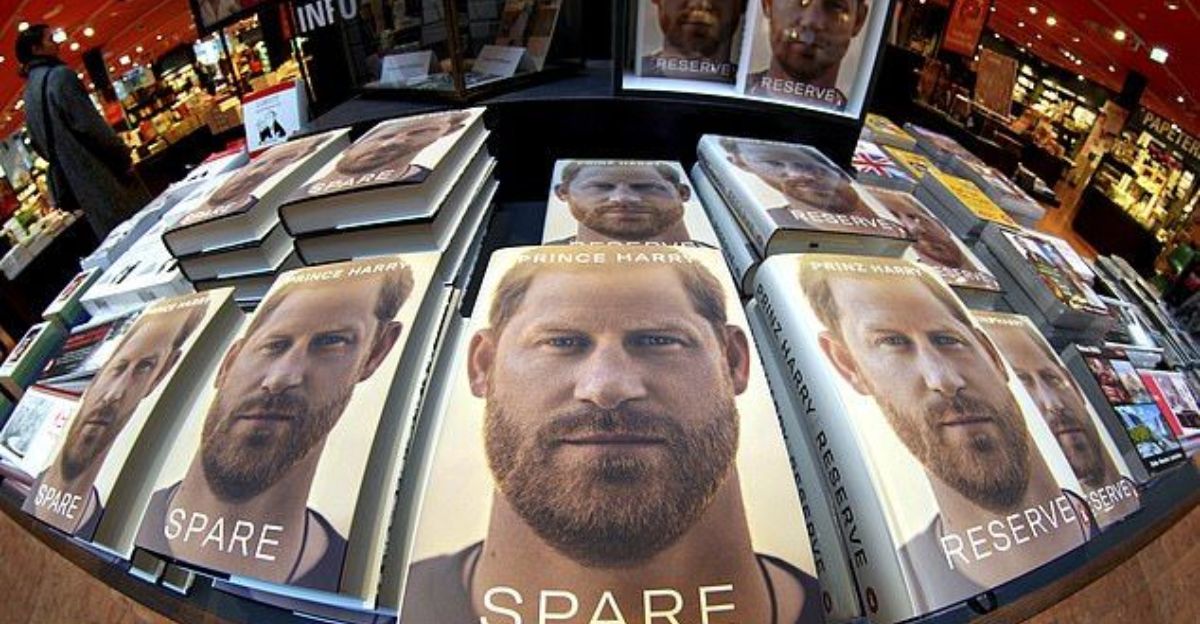
Harry’s memoir revealed family conflicts and criticisms of senior royals. Forty-four percent of Americans considered the disclosures excessive, violating boundaries of appropriate revelation.
Audiences felt the book reflected narcissism and disloyalty, turning empathy into frustration. The memoir became a focal point for long-simmering public disapproval.
Tell-All Fatigue Sets In
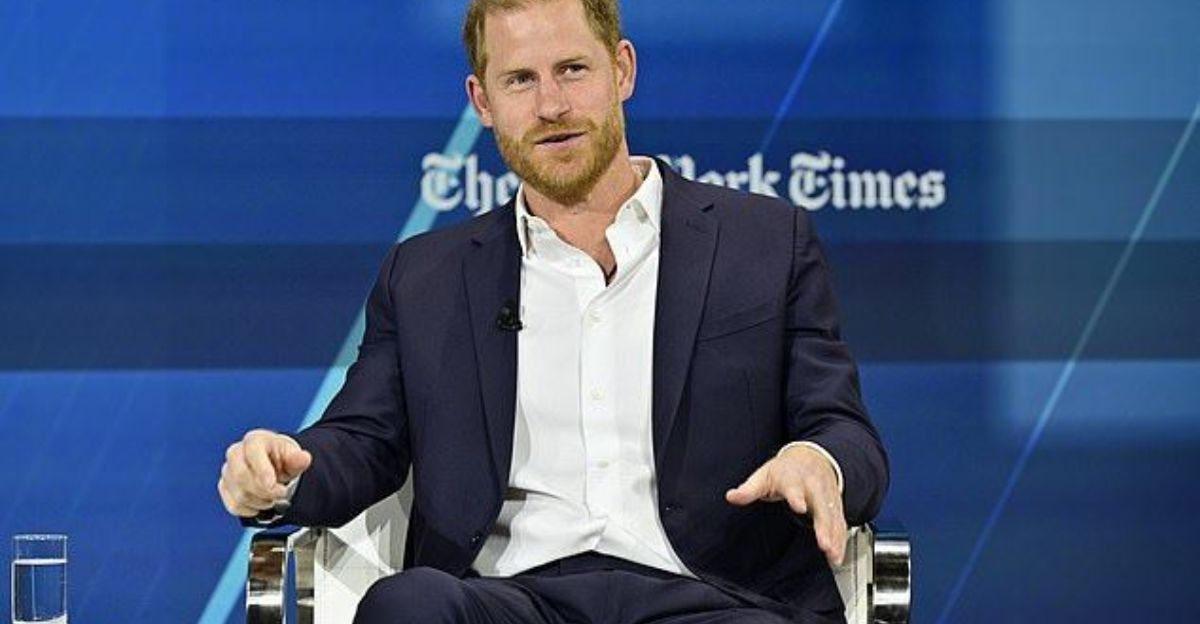
Audiences initially embraced Harry’s story but became exhausted by repeated public disclosures. Interviews, Netflix documentaries, and the memoir created saturation.
The contradiction between calling for privacy while maximizing media visibility eroded credibility. Americans concluded the couple sought attention without accountability, deepening disfavor.
The World Series Moment Captures Decline
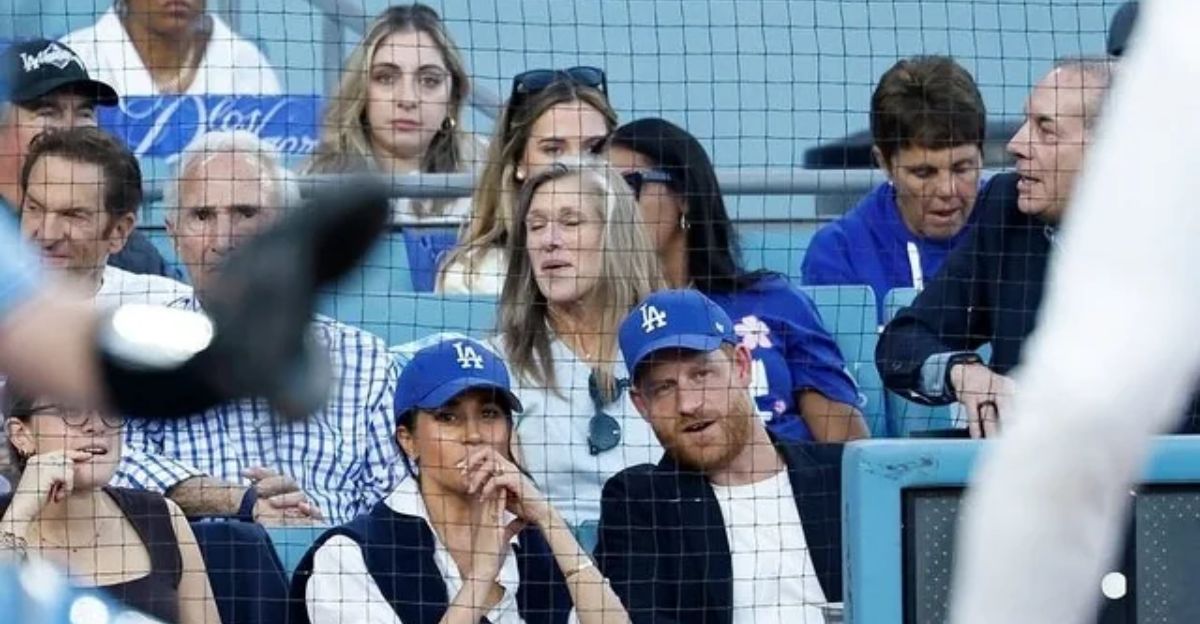
The October 28 stadium booing crystallized seven years of declining approval. Thousands expressed disapproval in real time, aligning with November 2025 polling showing 38% favorability.
The event symbolized the limits of public sympathy and the consequences of repeated, high-profile disclosures. But what lessons emerge about celebrity, royalty, and public expectation?
From Beloved to Cautionary Tale
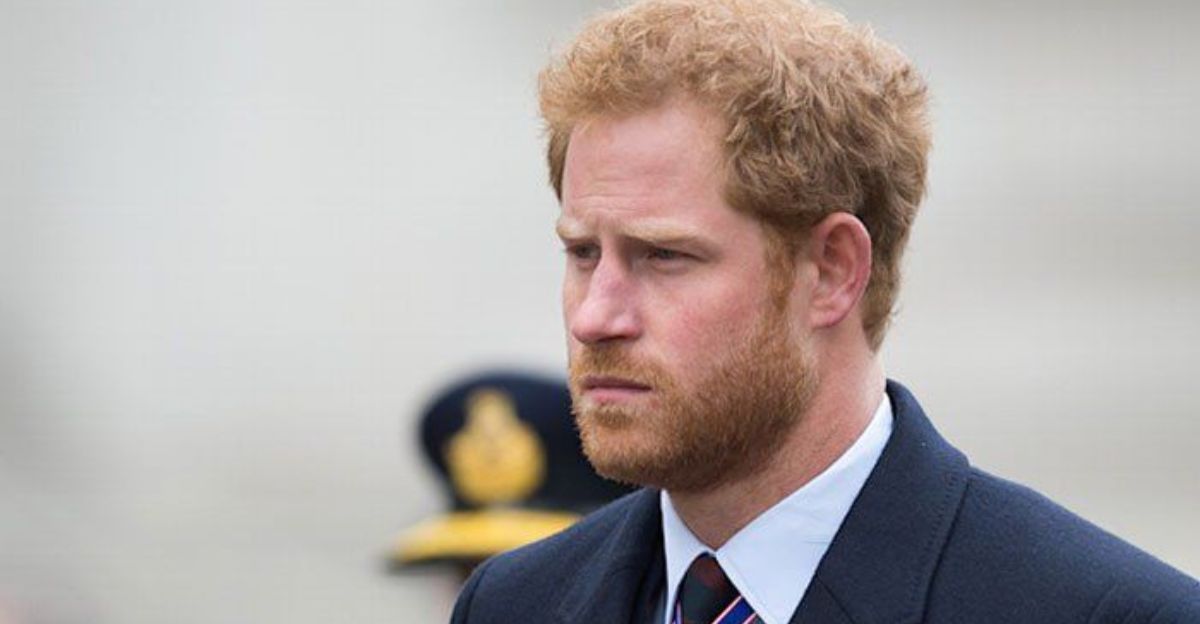
Harry’s seven-year drop from +70 net approval to +15 highlights the tension between authenticity, media strategy, and audience fatigue.
The prince who once symbolized American ideals of independence and mental health now embodies the risks of overexposure. His experience serves as a warning about narrative overextension.
The End of an American Dream

The World Series booing represents a definitive end to Harry’s American favor. The convergence of live disapproval with polling data illustrates a fundamental public shift.
His journey underscores the limits of tell-all culture, the dangers of repeated family conflict, and the inevitable exhaustion audiences face when empathy is stretched beyond its limit.